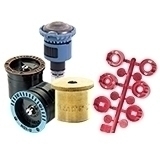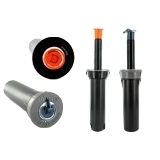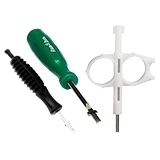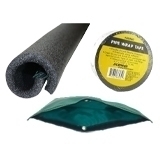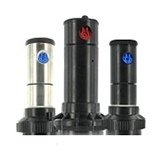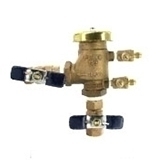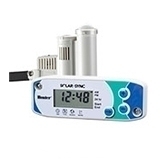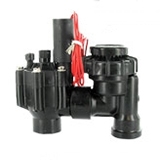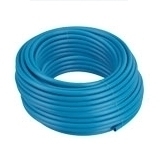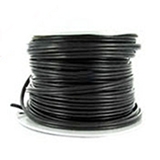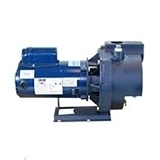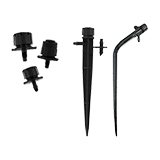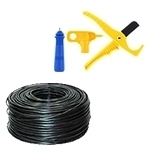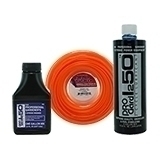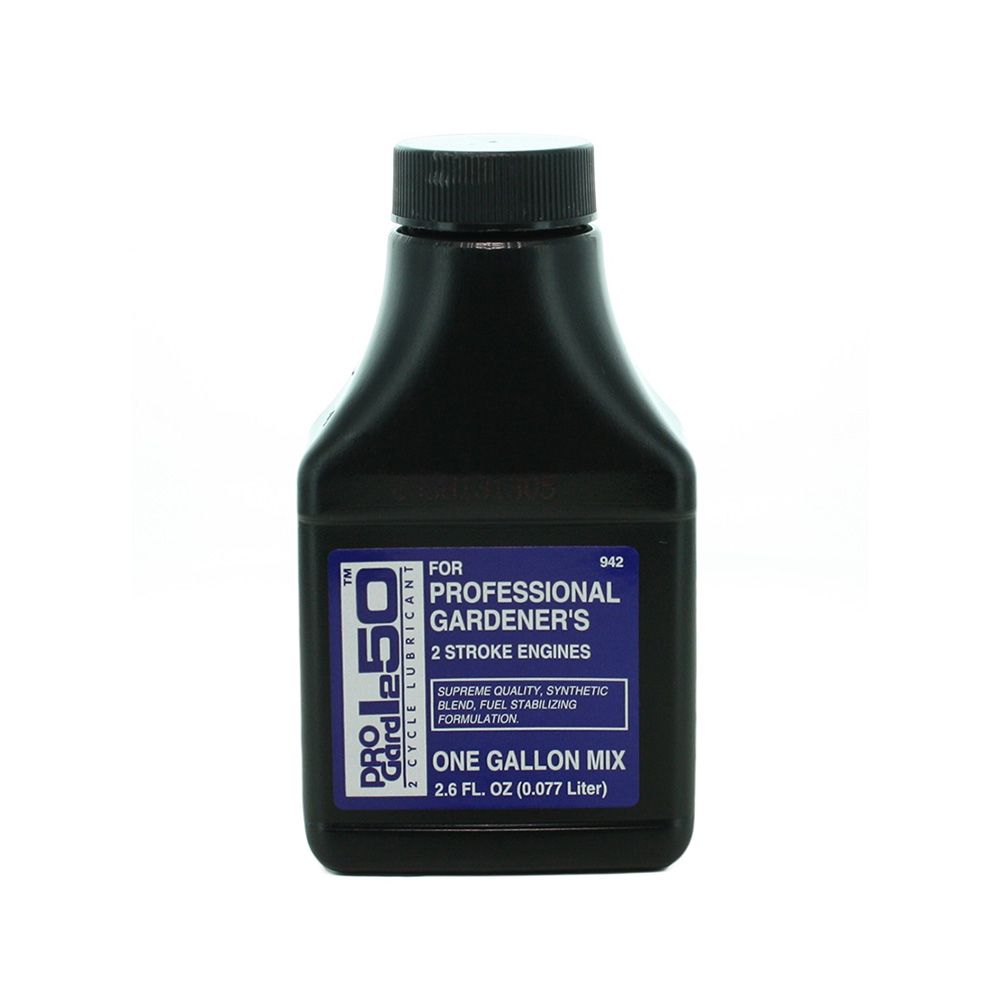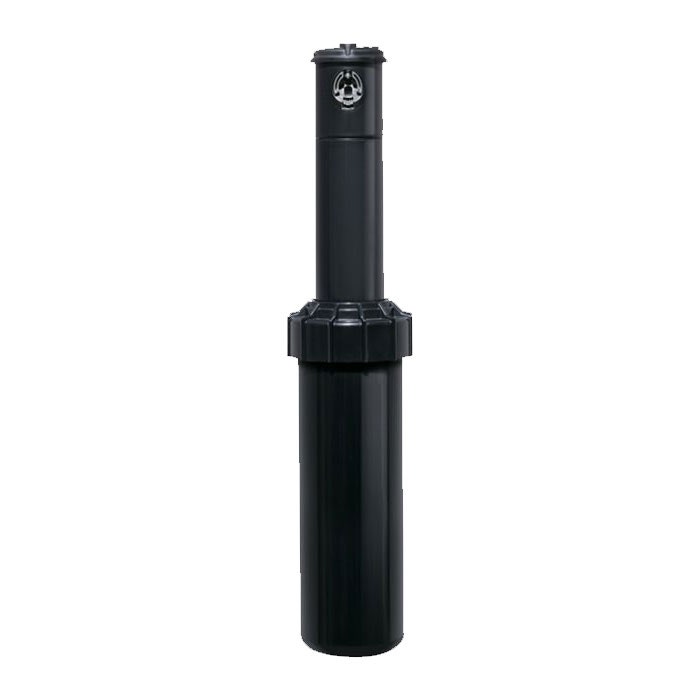Table of Contents
Guide to Milwaukee Sawzall Reciprocating Saw
If you’ve ever wrestled with cutting through PVC pipe, roots, or old fencing while setting up or repairing a sprinkler system, you’ve probably wished for a faster, easier solution—something like a “Sawzall.”
Whether you’re working on a sprinkler repair, tackling general landscaping, or managing home renovation tasks, a reciprocating saw is a must-have tool for both DIYers and professionals.
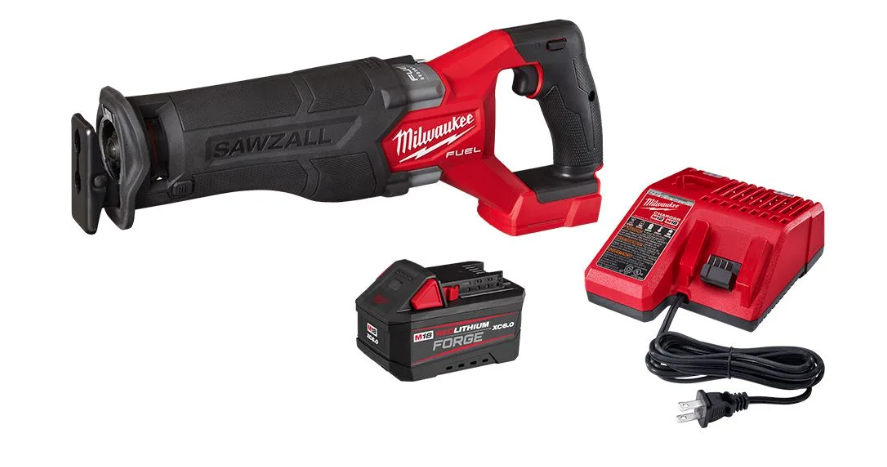
Shop Milwaukee Sawzall Reciprocating Saw
What Is a Sawzall Reciprocating Saw?
A reciprocating saw is a handheld power tool that uses a push-and-pull (“reciprocating”) motion to cut through materials like wood, metal, plastic, and even stubborn roots. It’s essentially a mechanical workhorse, making rough cuts quickly and efficiently in tight or awkward spaces.
In the context of sprinkler irrigation and beyond, reciprocating saws come in especially handy when:
- Put It to Use: Cut PVC or poly pipe cleanly for underground lines
- Clean It Up: Trim old stakes, supports, or rebar
- Clear the Way: Remove tree roots or shrubs obstructing a trench
- Break It Down: Cut through damaged concrete or fencing during demo
Reciprocating Saw Blades: Choose the Right One
Search interest for reciprocating saw blades is on the rise—and for good reason. These blades come in a variety of lengths, tooth patterns, and materials depending on what you’re cutting. For sprinkler work:
- Make Clean Cuts: Use fine-toothed blades for precise pipe cuts
- Handle Tough Jobs: Choose bi-metal blades for nails or rebar
- Trim with Ease: Opt for pruning blades for roots and branches
Because blade selection is so versatile (and easy to swap out), this tool becomes a one-size-fits-all cutter for nearly every stage of your irrigation installation or repair.
Corded vs. Cordless: Why Cordless Wins Outdoors
One of the biggest trends in reciprocating saws? Cordless models—and it’s easy to see why. When you’re working across the lawn, in a crawlspace, or on the go, dragging an extension cord is a hassle you don’t need.
- Move Freely: Enjoy cordless mobility across the lawn
- Skip the Setup: Avoid dragging cords and extension reels
- React Quickly: Make fast, on-site adjustments as you work
Whether you’re cutting into a riser pipe or hacking through a rootball mid-trench, cordless saws go wherever the job takes you—no outlet required.
Why Milwaukee Sawzall Reciprocating Saws Thrive
Among cordless models, the Milwaukee Sawzall reciprocating saw is leading the pack. Designed with durability and power in mind, it’s a favorite among irrigation contractors and landscaping crews alike. We proudly carry Milwaukee Sawzall models—known to help you:
- Work Longer: Count on REDLITHIUM battery life from Milwaukee
- Stay Steady: Adjust the shoe for more blade stability
- Control the Cut: Use a variable-speed trigger for precision
Its reputation in the field is hard to beat, but how does it stack up to others?
Milwaukee vs. DeWalt Reciprocating Saws
Both DeWalt and Milwaukee reciprocating saws have strong followings—but your choice depends on how you work. Here’s the breakdown:
| Feature | Milwaukee | DeWalt |
| Durability | Built for heavy-duty, long-term use | Suitable for light to moderate use |
| Cutting Speed | Faster cuts through dense material | Slower in tough applications |
| Vibration Control | Lower vibration for smoother operation | More noticeable vibration |
| Technology | One-Key app for tool tracking and customization | More basic functionality |
| Weight | Heavier, more robust build | Lighter, easier to maneuver in tight spaces |
| Price | Premium investment | More budget-friendly |
Choose Milwaukee if you’re a pro handling landscaping, pipework, or irrigation installs on a regular basis. You’ll get longer tool life, less fatigue from vibration, and the advantage of One-Key technology for tracking and fine-tuning performance.
Choose DeWalt if you’re an occasional user or need something lightweight and affordable that still gets the job done.
Get the Job Done with a Sawzall Reciprocating Saw
Whether you’re trenching a yard for irrigation, pruning trees for curb appeal, or knocking out an old fence, a Sawzall gives you the cutting power and versatility to get the job done—faster.
Add a quality Milwaukee cordless model and a handful of job-specific blades to your toolbox, and you’ll be ready to tackle nearly anything the backyard throws at you.
FAQs for Sawzalls
What is a Sawzall used for?
A Sawzall, Milwaukee’s branded name for a reciprocating saw, is used for making fast, rough cuts through wood, metal, PVC, drywall, and even tree roots. It’s especially handy for demolition, pipe cutting, and landscape work like sprinkler system installations.
Is there a difference between a reciprocating saw and a Sawzall?
Technically, no—“Sawzall” is just Milwaukee’s trademarked name for their line of reciprocating saws. All Sawzalls are reciprocating saws, but not all reciprocating saws are Sawzalls. The term is often used generically, much like “Kleenex” for tissues.
Can I cut a tree branch with a Sawzall?
Yes, a Sawzall can cut tree branches if you use the right pruning blade. It’s a great option for clearing small limbs or roots when trenching for irrigation or cleaning up around sprinkler zones.
If you want to stay up-to-date on the latest Sprinkler Warehouse news and make the most of all of our one-of-a-kind promotions, join the Irri-Gator community today. Happy watering, Irri-Gators!


